Go Getter 是一套分为四个级别的中学英语课程,依据全球通用的语言能力标准设计。教材覆盖的 Global Scale of English(GSE)范围大致为 17 到 46 分,同时对接CEFR标准(从 Pre A1 到 B1 不等),确保不同程度的学习者都能在合适的起点上开始学习,并通过逐步挑战提升自身的英语能力。每一阶段都配套有详细的教学目标和评估工具,帮助师生及时掌握学习进展,从而调整教学策略,确保每个学生都能逐步突破语言难关。
培生教材《Go Getter》详细介绍
1. 教材概述
《Go Getter》是培生教育集团(Pearson)推出的面向青少年的英语学习教材,主要针对11-15岁的中学生设计。该教材注重培养学生的综合语言能力,通过生动的情境和任务型活动,激发学习兴趣,强调实际语言运用。
2. 适用对象与级别
-
适用年龄:11-15岁(初级至中级英语水平学生)。
-
级别划分:共4个级别(Starter, 1, 2, 3),对应CEFR(欧洲共同语言参考标准)的A1到B1水平,适合从零基础到中级前期的学习者。
3. 课程结构与内容
-
单元主题:每册8-10个单元,主题贴近青少年生活,如校园、家庭、旅行、科技等,融入文化对比内容(如节日、习俗)。
-
技能整合:每个单元涵盖听、说、读、写、语法、词汇模块,通过以下板块展开:
-
Get Ready:引入主题,激活背景知识。
-
Grammar & Vocabulary:结合情境教授语法和词汇。
-
Skills:专项训练(如阅读策略、听力技巧)。
-
Project:任务型项目(如制作海报、小组展示),培养协作能力。
-
Check Your Progress:单元复习与自我评估。
-
4. 教学特点
-
任务型学习(TBLT):通过真实情境任务(如策划活动、解决问题)推动语言应用。
-
互动性强:角色扮演、小组讨论、游戏化活动(如“语法挑战赛”)提高参与度。
-
多媒体融合:配套视频(如“Vlogs”模拟网红视频)、在线练习平台(如Pearson English Portal)增强学习趣味性。
-
渐进式语法教学:以“发现式学习”引导总结规则,避免机械记忆。
5. 配套资源
-
学生用书:全彩插图,附音频二维码。
-
练习册:巩固练习+自测题。
-
教师用书:详细教案、课堂活动建议、测试题库。
-
数字资源:
-
在线平台:互动练习、视频、可下载资源。
-
APP支持:移动端词汇游戏、听力练习。
-
互动白板软件(IWB):动态课件辅助教学。
-
6. 优势与评价
-
优势:
-
内容鲜活:融入社交媒体、环保等当代话题,贴合青少年兴趣。
-
个性化学习:通过“自主学习日志”(Learning Diary)鼓励学生设定目标。
-
文化意识:单元中的“Culture Matters”板块促进跨文化理解。
-
-
评价:
-
教师反馈认为其活动设计能有效调动课堂积极性。
-
部分评价指出,高阶(Level 3)内容难度梯度较大,需教师适当补充。
-
7. 与其他培生教材对比
-
对比《Big English》:更侧重低龄学生(7-12岁),而《Go Getter》话题更成熟。
-
对比《Focus》:《Focus》针对备考(如剑桥考试),学术性更强;《Go Getter》则更注重日常交流与项目实践。
8. 适用场景
-
中学英语课堂(主流课程或课外补充)。
-
语言培训机构的小班教学。
-
适合喜欢动态互动、厌烦传统讲授模式的学生。
总结:《Go Getter》以任务驱动和多媒体资源为特色,适合寻求趣味性与实用性平衡的青少年英语学习者,是培生教材中针对中学阶段的创新之作。
Pearson Textbook Go Getter: Detailed Introduction
1. Overview
Go Getter is an English language course published by Pearson Education, designed specifically for teenagers aged 11–15. It focuses on developing learners’ integrated language skills through engaging contexts, task-based activities, and real-world communication, aiming to boost both confidence and practical language use.
2. Target Audience & Levels
-
Age Group: 11–15 years (beginner to pre-intermediate learners).
-
Levels: 4 levels (Starter, 1, 2, 3), aligned with CEFR (Common European Framework of Reference) from A1 to B1, suitable for learners progressing from basic to intermediate proficiency.
3. Course Structure & Content
-
Unit Themes: 8–10 units per book, covering topics relevant to teenagers’ lives (e.g., school, family, travel, technology) with cross-cultural comparisons (e.g., festivals, traditions).
-
Skill Integration: Each unit includes listening, speaking, reading, writing, grammar, and vocabulary modules, structured through:
-
Get Ready: Introduces themes and activates prior knowledge.
-
Grammar & Vocabulary: Contextualized grammar rules and lexical chunks.
-
Skills: Focused practice on sub-skills (e.g., reading strategies, listening techniques).
-
Project: Collaborative tasks (e.g., creating posters, group presentations) to foster teamwork.
-
Check Your Progress: Self-assessment and revision exercises.
-
4. Key Features
-
Task-Based Learning (TBLT): Real-life tasks (e.g., planning events, solving problems) to drive language application.
-
Interactive Activities: Role-plays, group discussions, and gamified exercises (e.g., “Grammar Challenge”) to enhance engagement.
-
Multimedia Integration:
-
Videos: Modern “vlog-style” clips to simulate real-world English use.
-
Digital Tools: Online platforms (e.g., Pearson English Portal) and apps for interactive practice.
-
-
Inductive Grammar Approach: Encourages “discovery learning” to deduce rules rather than rote memorization.
5. Supplementary Resources
-
Student’s Book: Full-color design with QR codes for audio access.
-
Workbook: Consolidation exercises + self-tests.
-
Teacher’s Book: Lesson plans, activity ideas, and printable assessments.
-
Digital Resources:
-
Online Platform: Interactive exercises, downloadable materials, and video content.
-
Mobile Apps: Vocabulary games and listening practice on-the-go.
-
Interactive Whiteboard (IWB) Software: Dynamic classroom presentations.
-
6. Strengths & Feedback
-
Strengths:
-
Relevant Content: Incorporates modern themes like social media and sustainability.
-
Personalized Learning: “Learning Diary” feature for goal-setting and reflection.
-
Cultural Awareness: “Culture Matters” sections foster global perspectives.
-
-
Feedback:
-
Teachers praise its ability to engage students through dynamic activities.
-
Some note a steeper difficulty curve at Level 3, requiring additional scaffolding.
-
7. Comparison with Other Pearson Courses
-
vs. Big English: Targets younger learners (7–12 years), while Go Getter addresses more mature themes.
-
vs. Focus: Focus is exam-oriented (e.g., Cambridge exams), whereas Go Getter emphasizes daily communication and project-based learning.
8. Ideal Use Cases
-
Secondary school English classes (core or supplementary).
-
Language institutes with small-group settings.
-
Suitable for students who thrive in interactive, non-traditional learning environments.
Conclusion: Go Getter combines task-driven pedagogy and multimedia innovation, making it a standout choice for teens seeking a balance between fun and functional English learning within Pearson’s secondary education lineup.

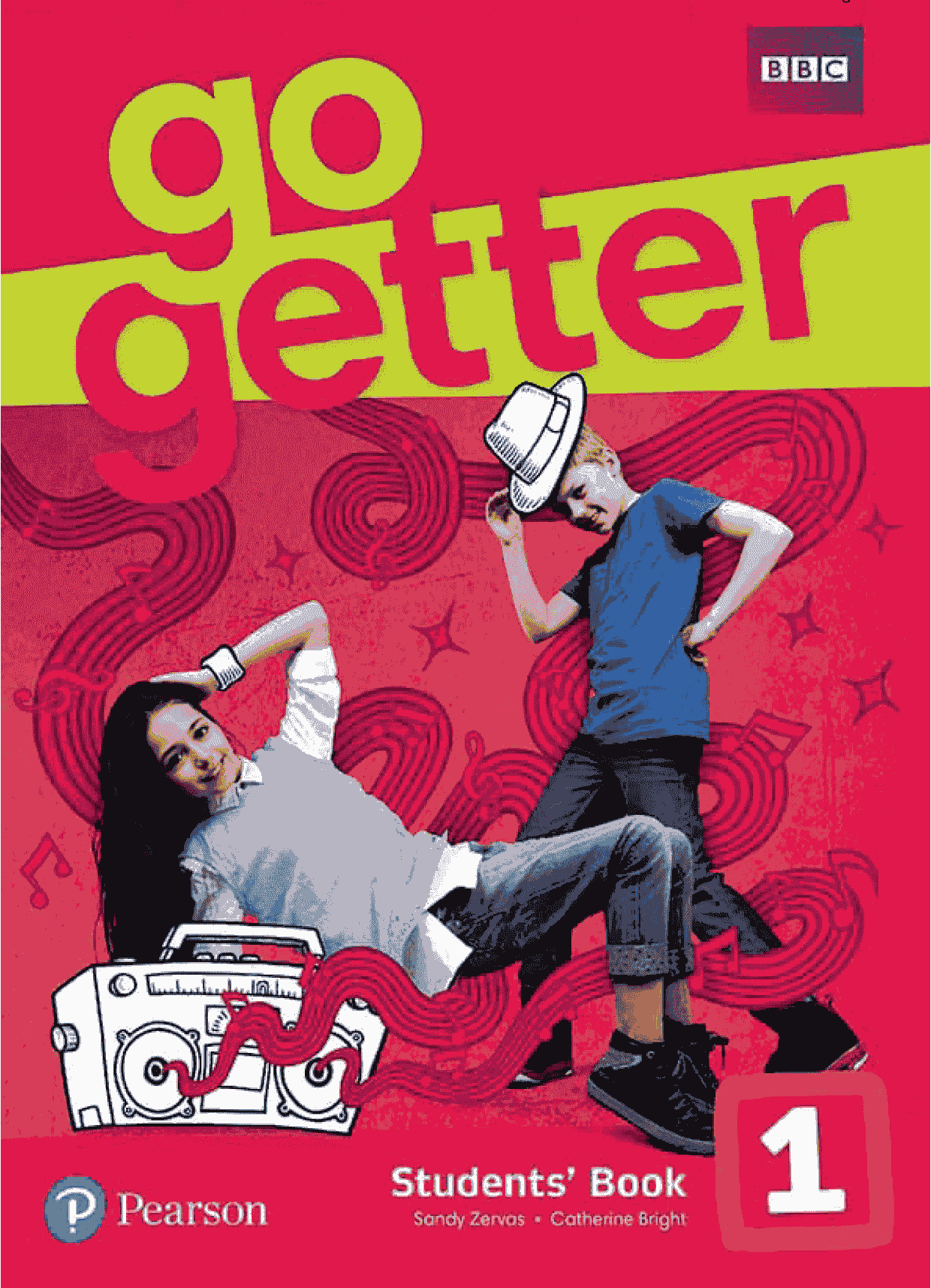
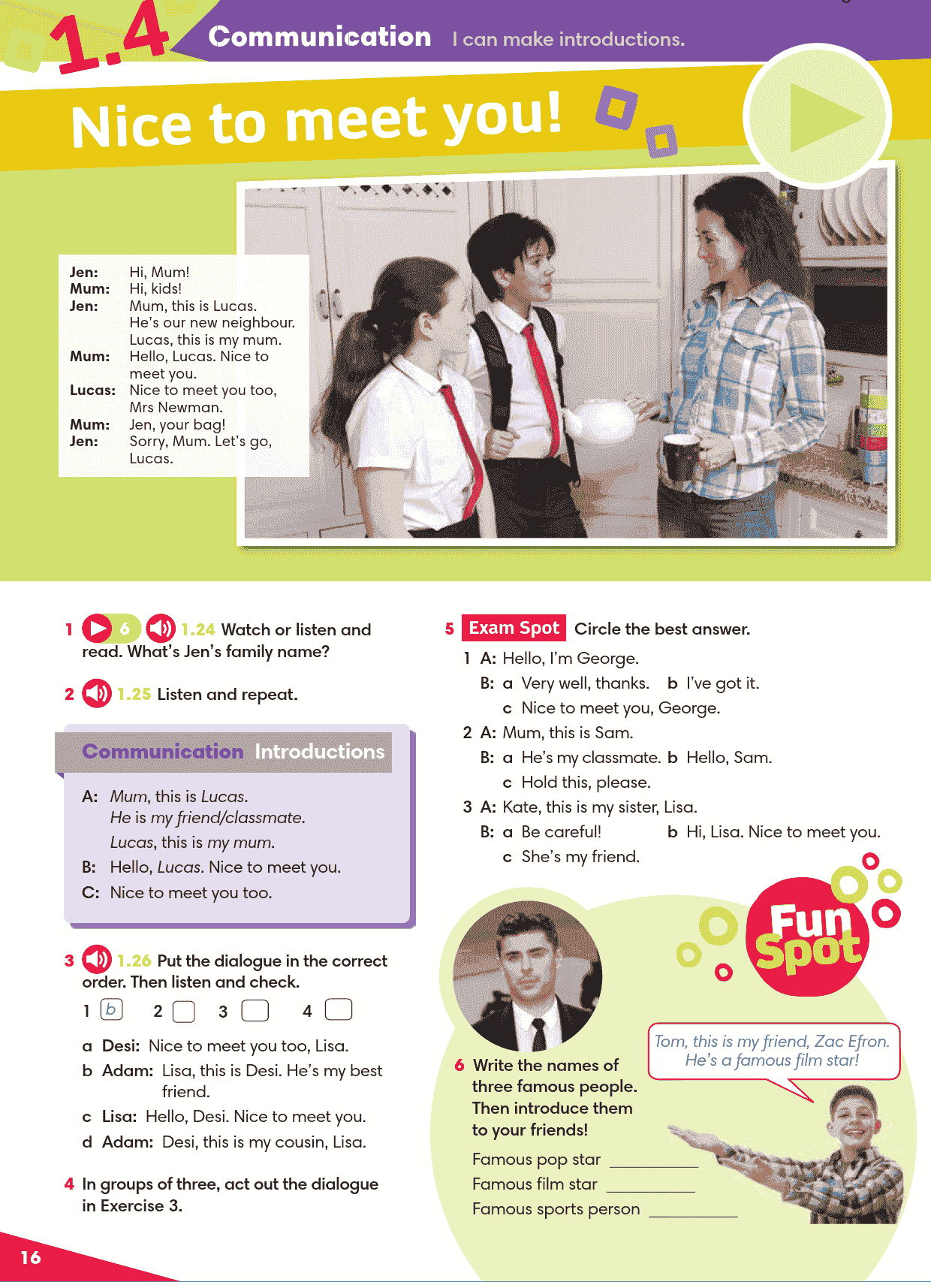
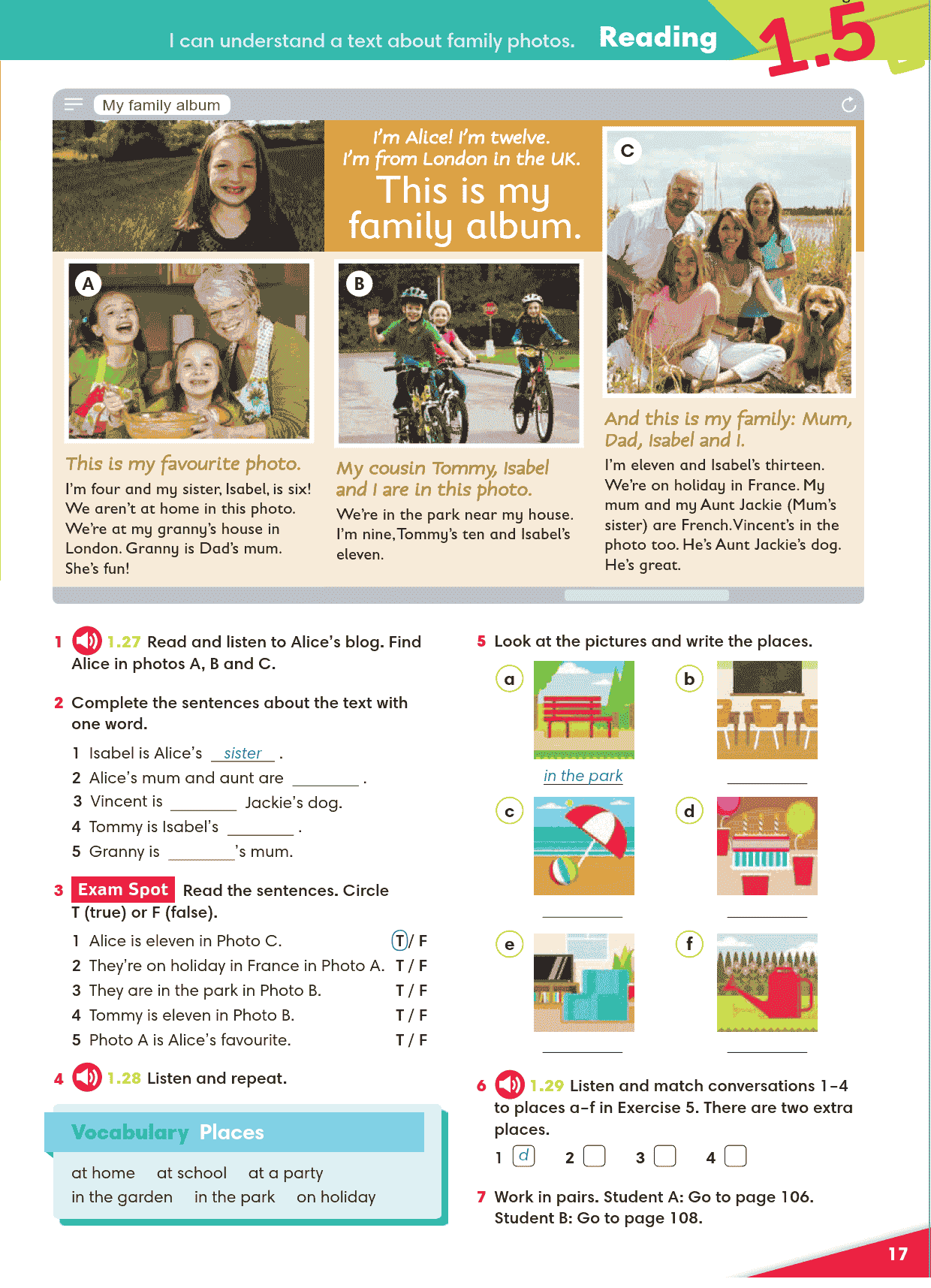
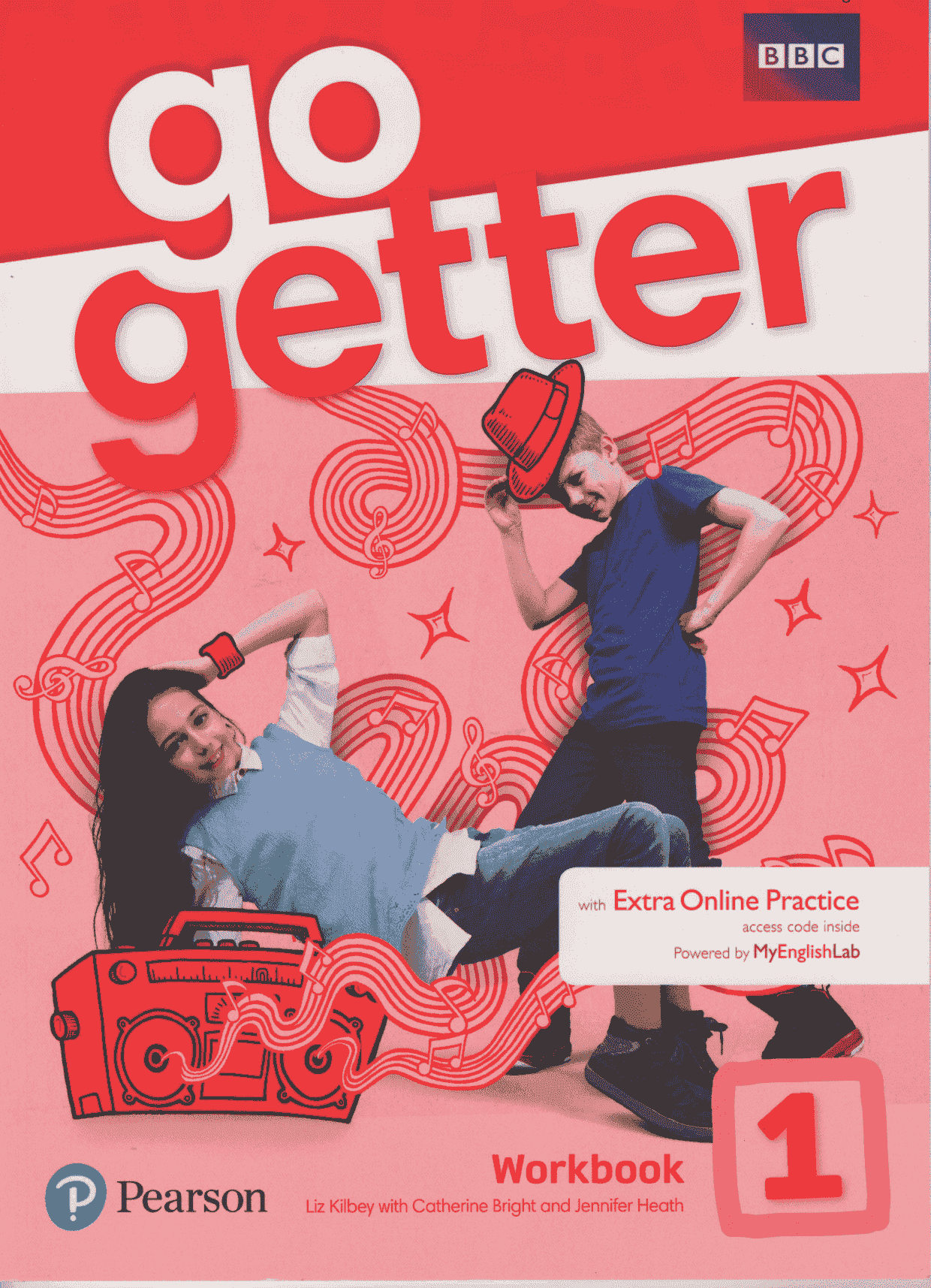


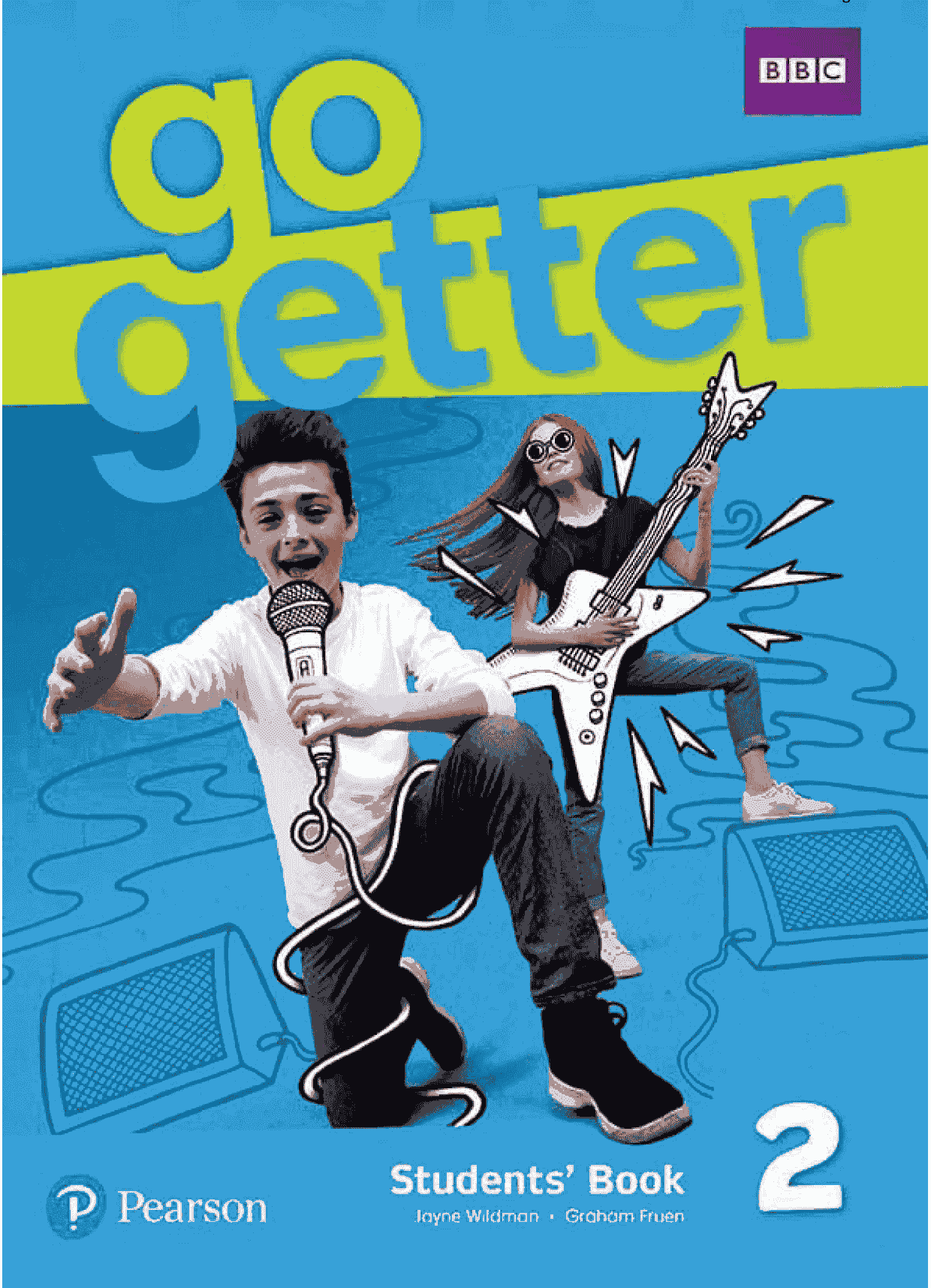
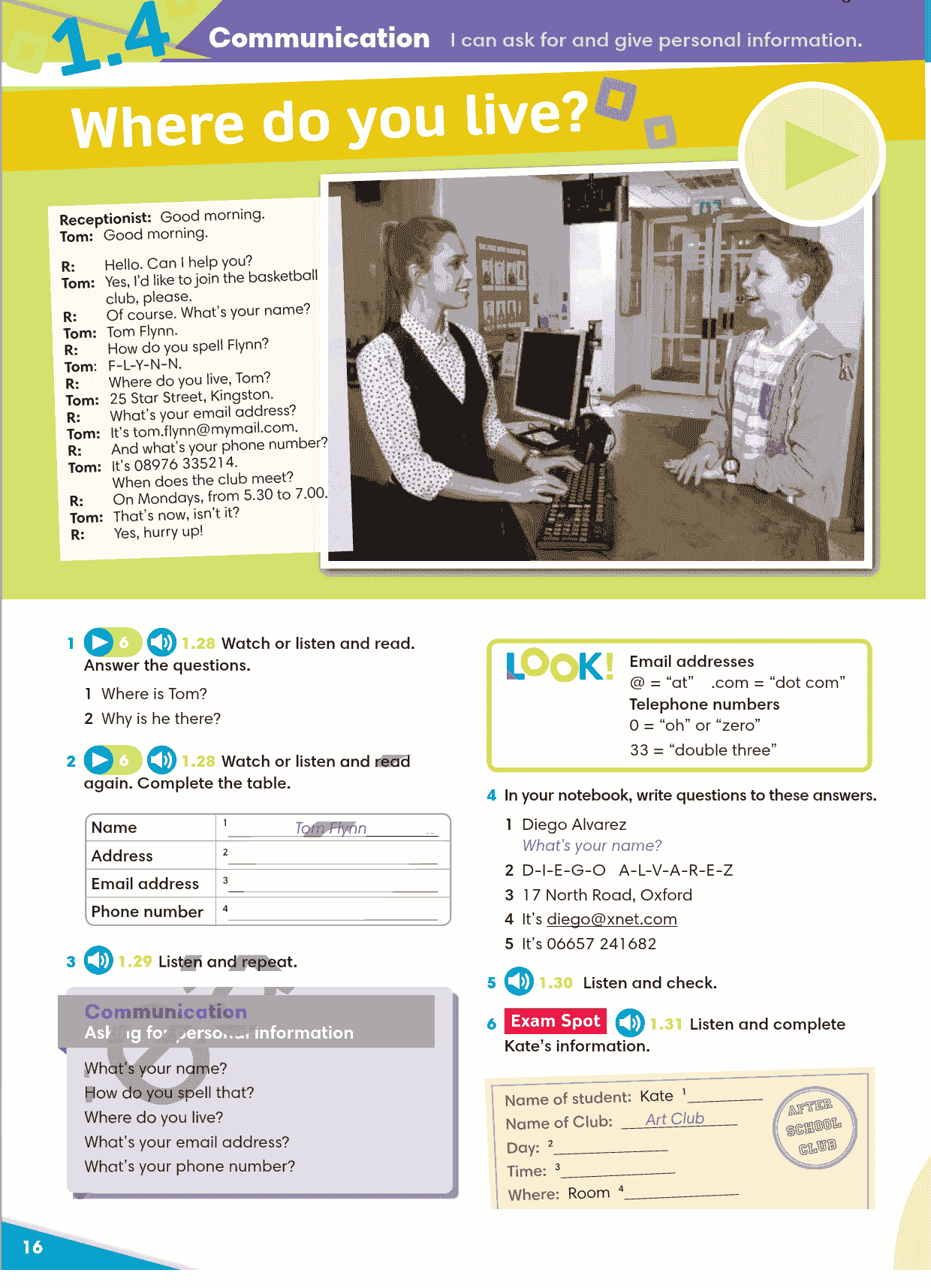
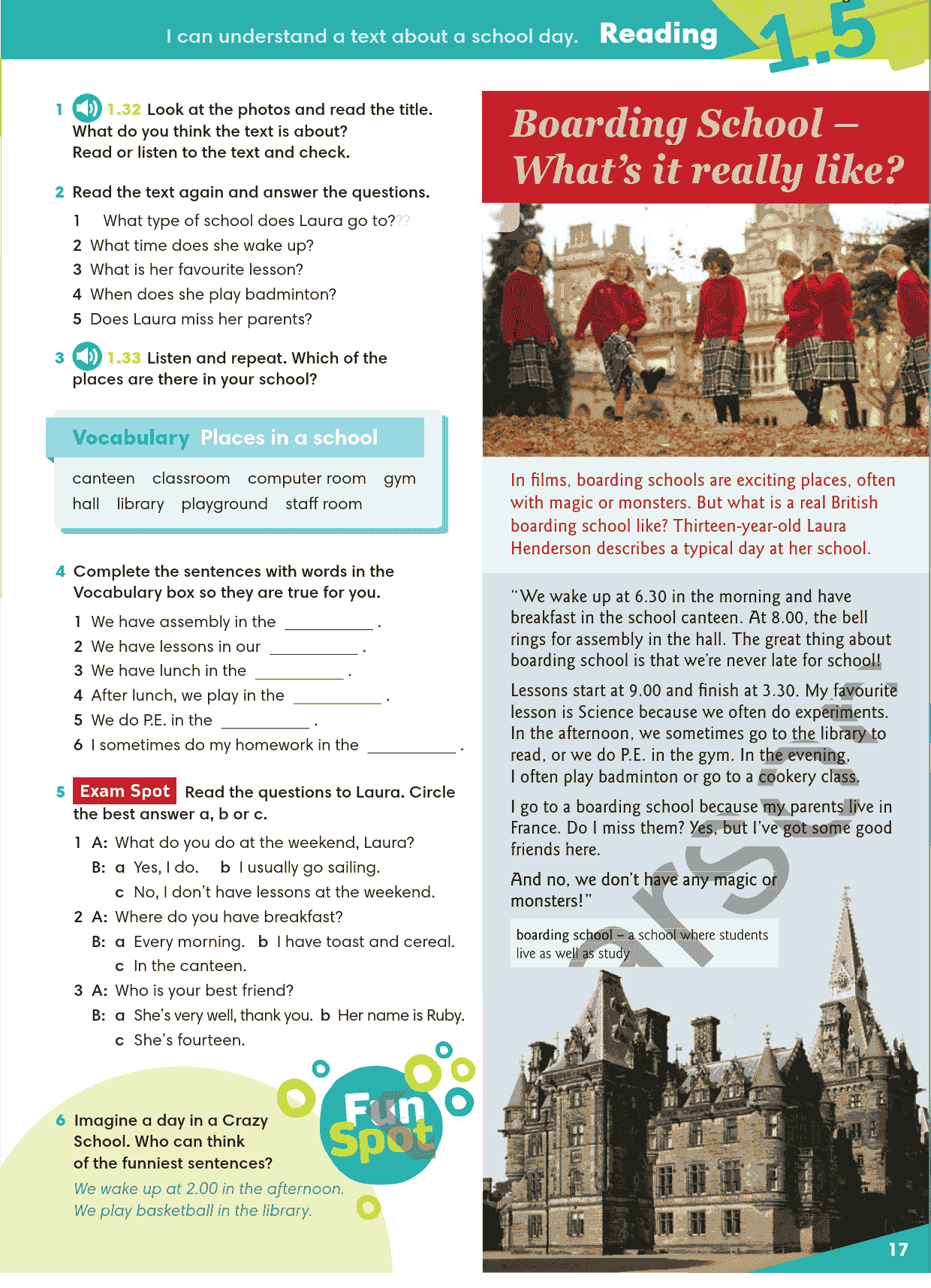
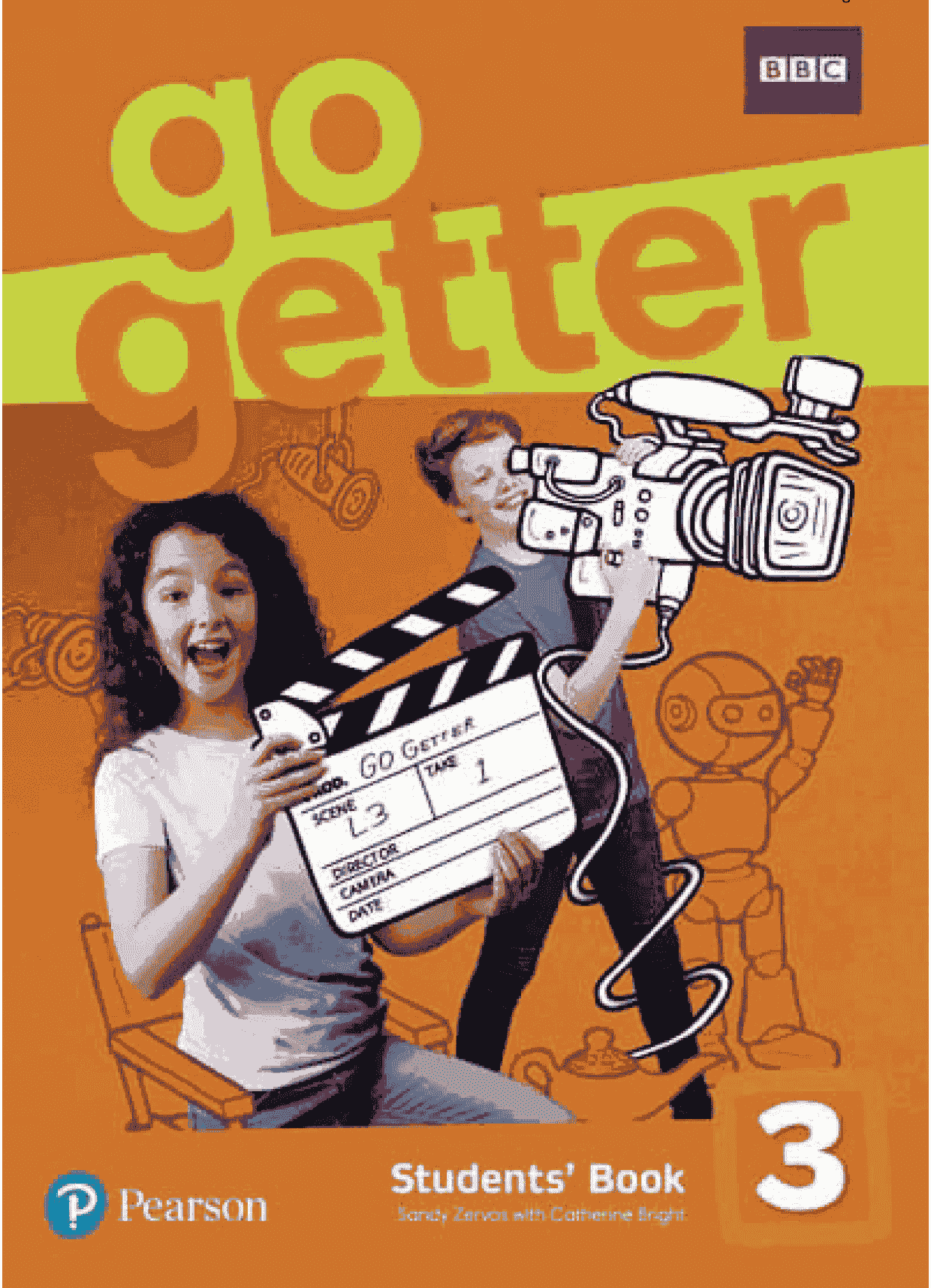
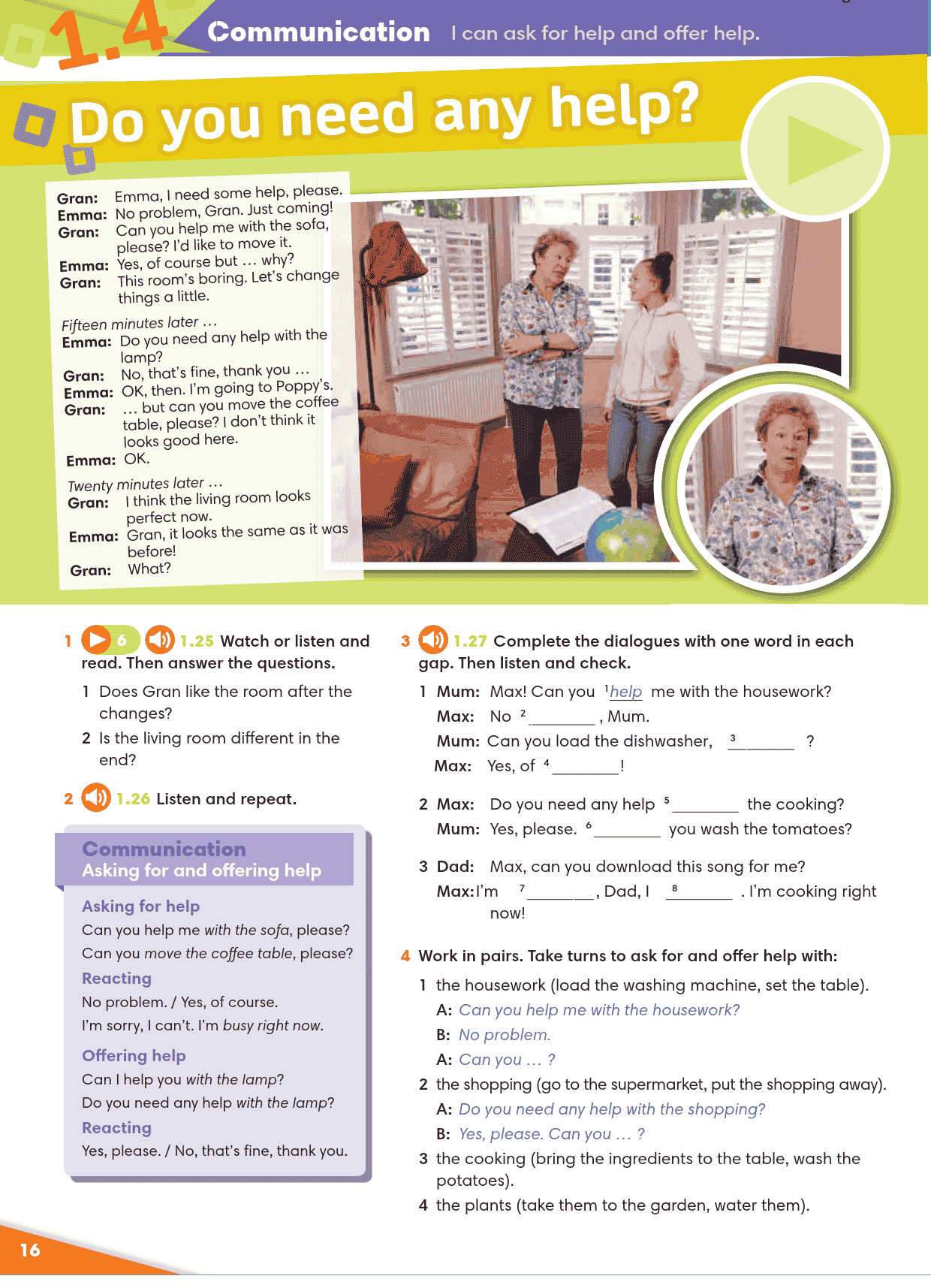
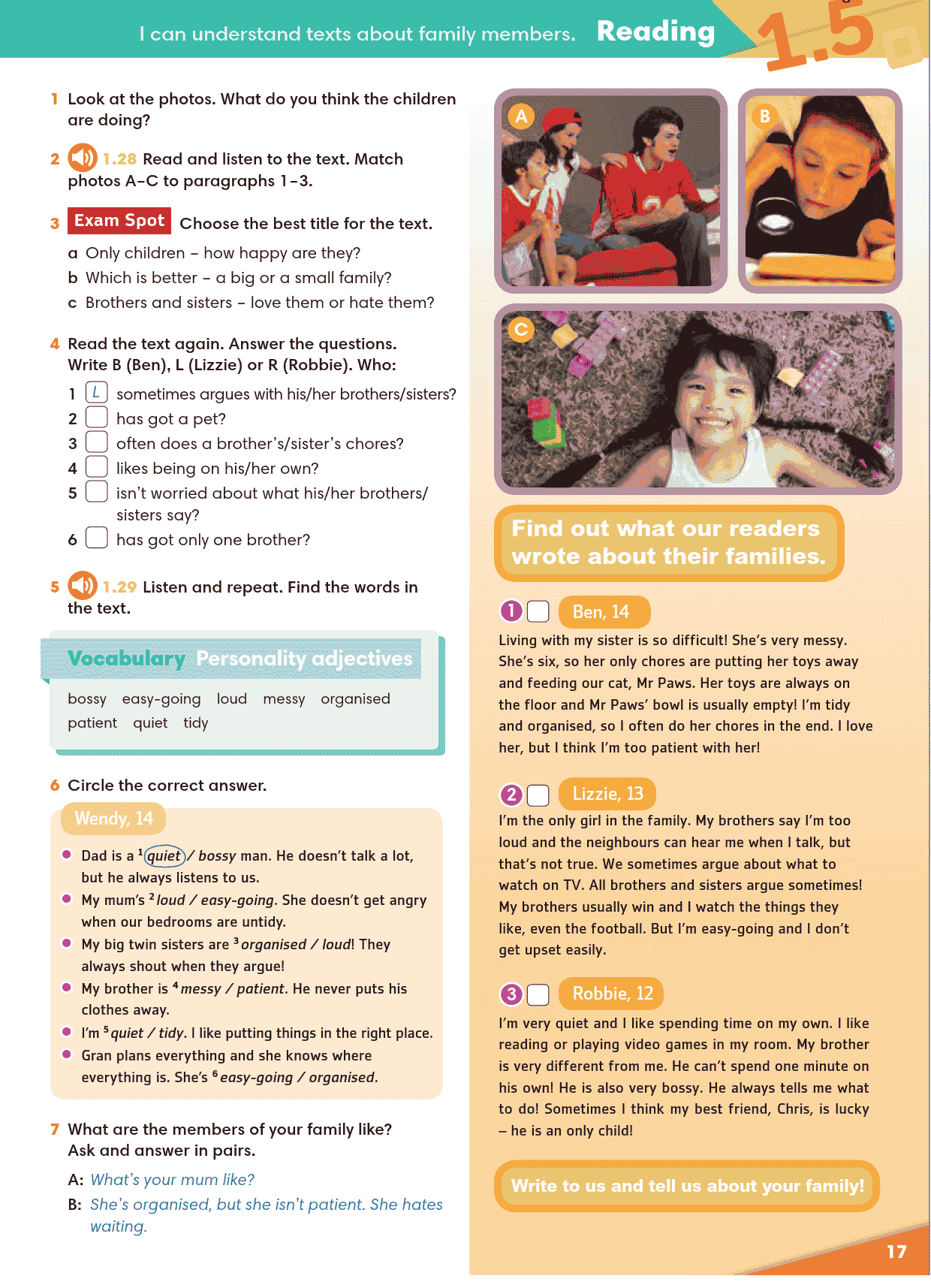
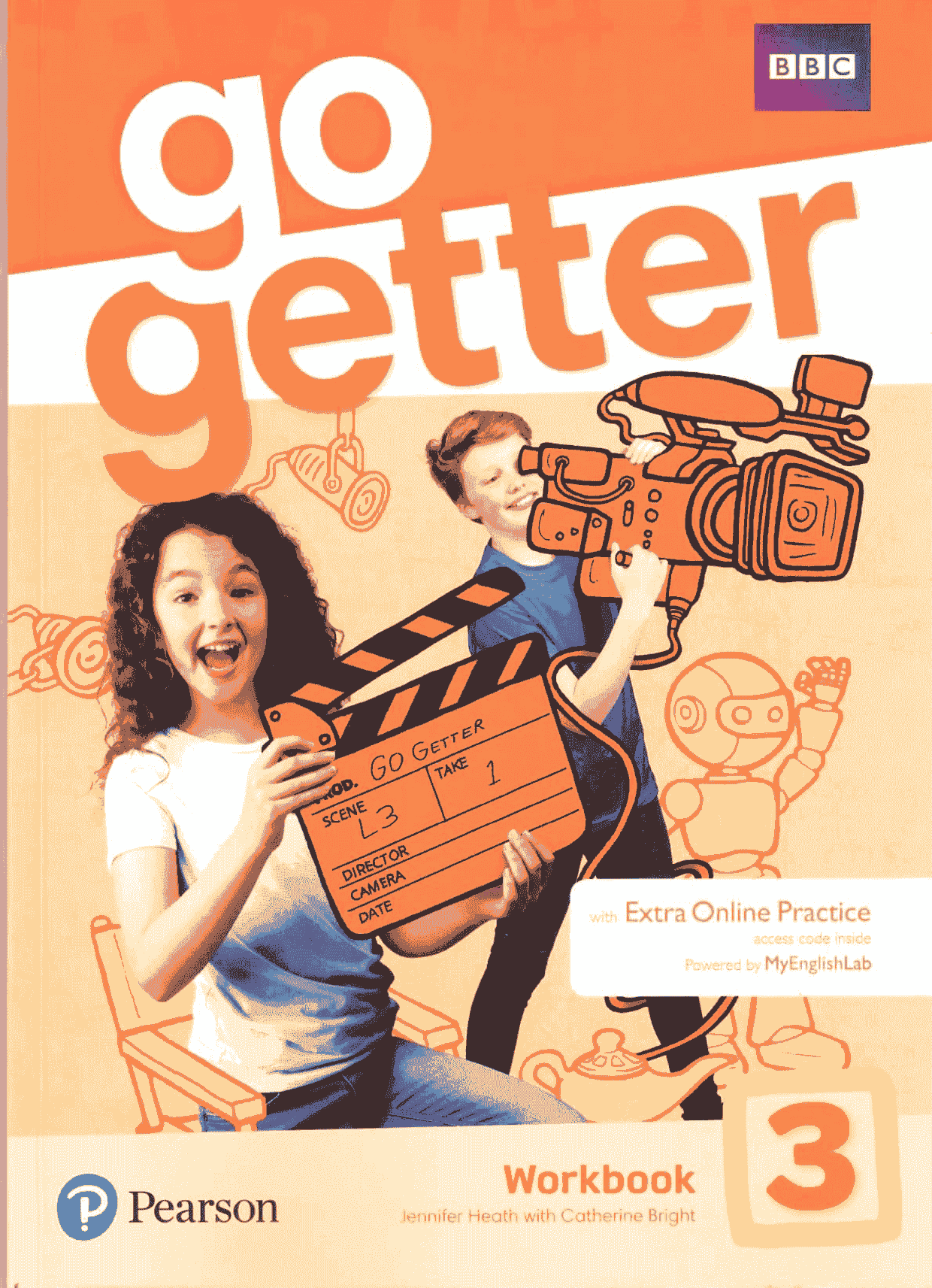
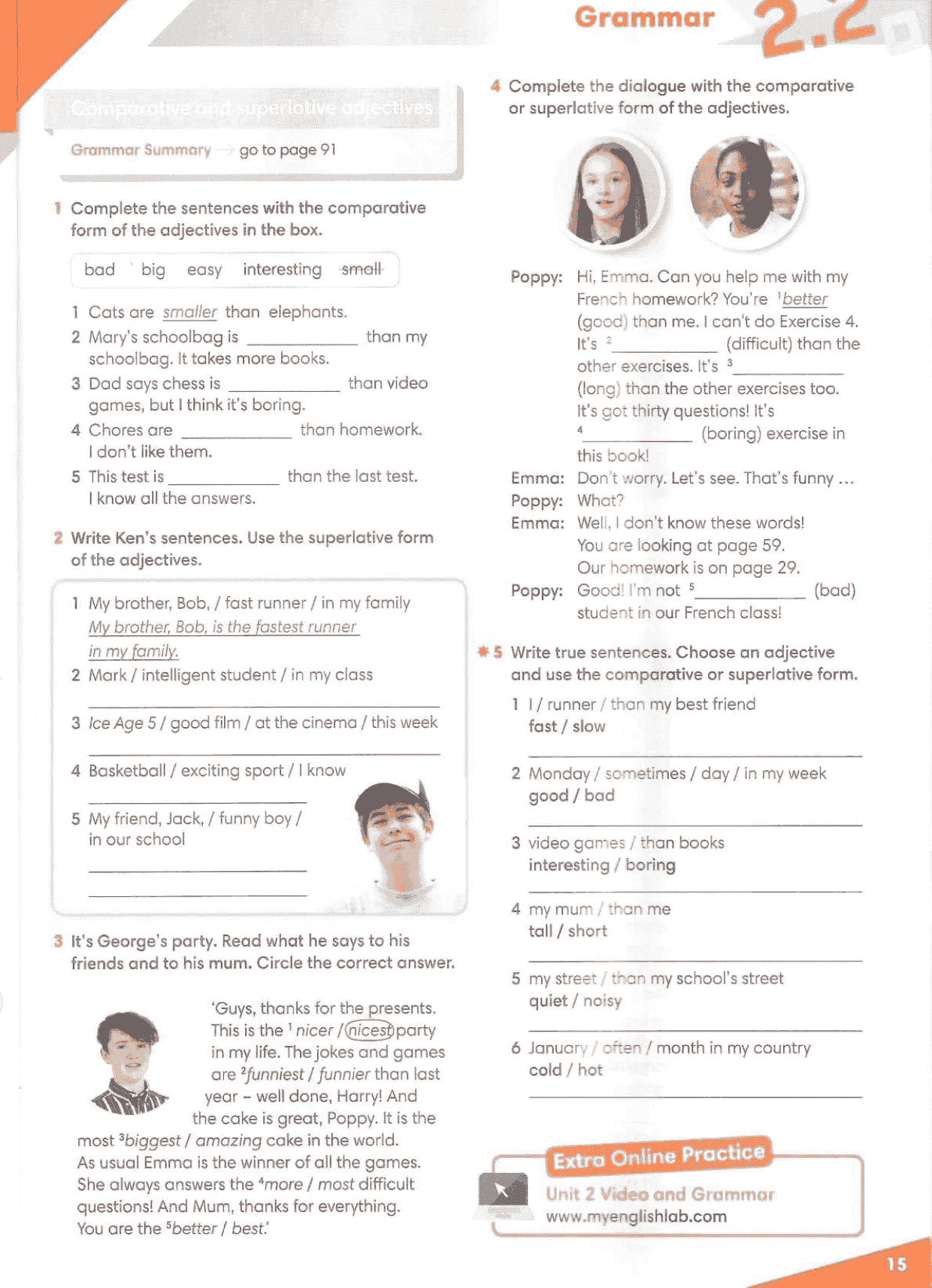
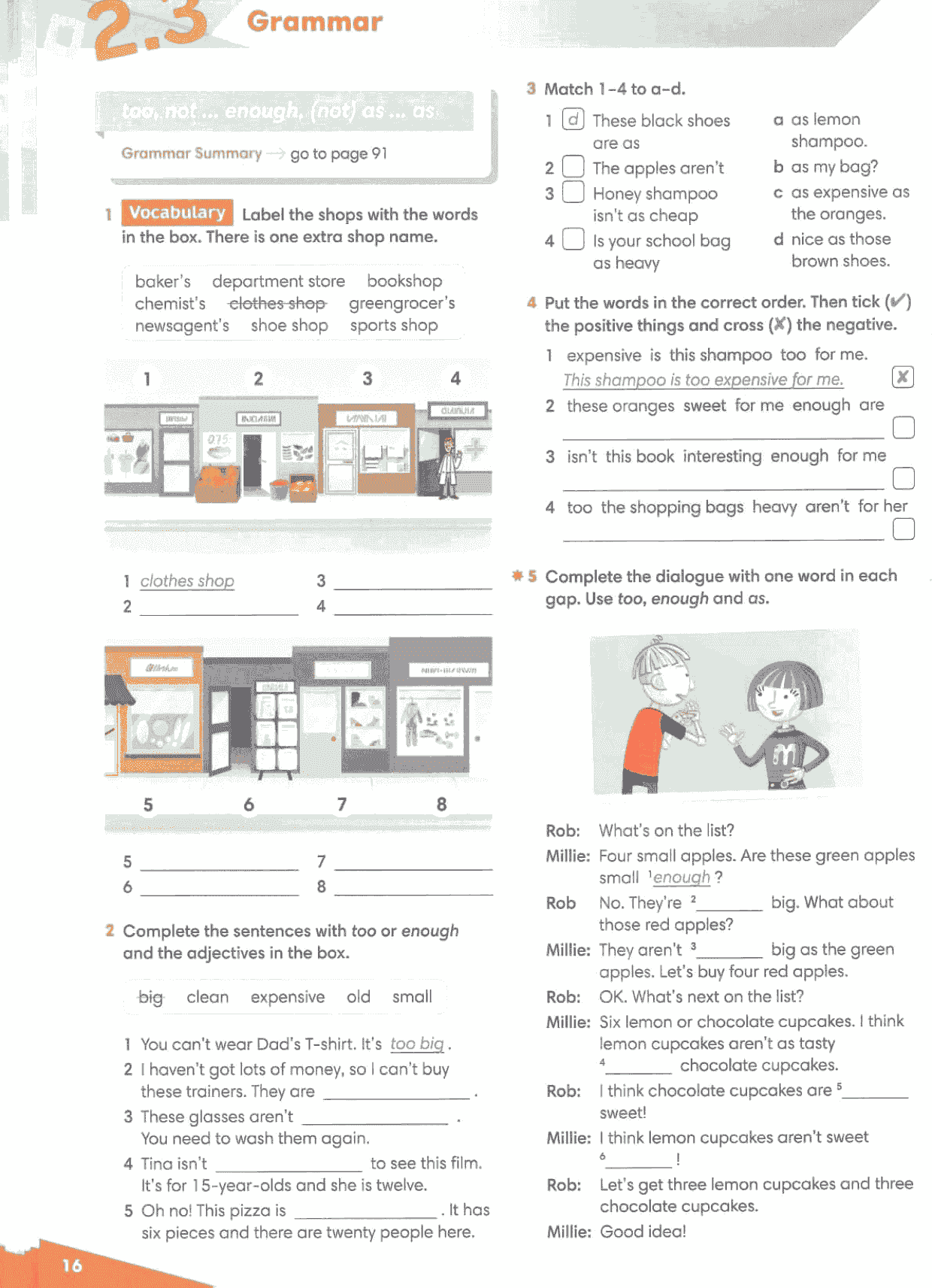
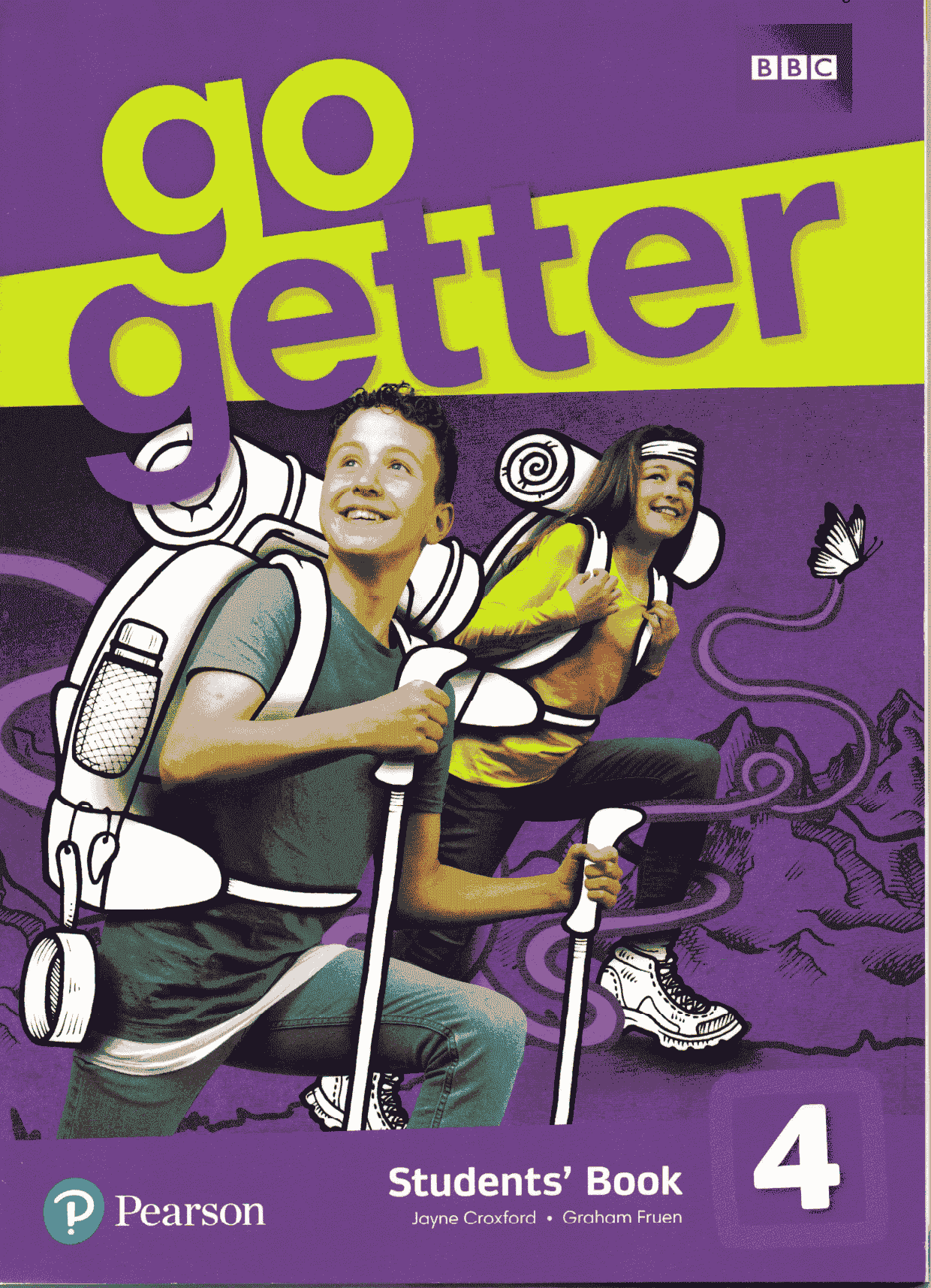
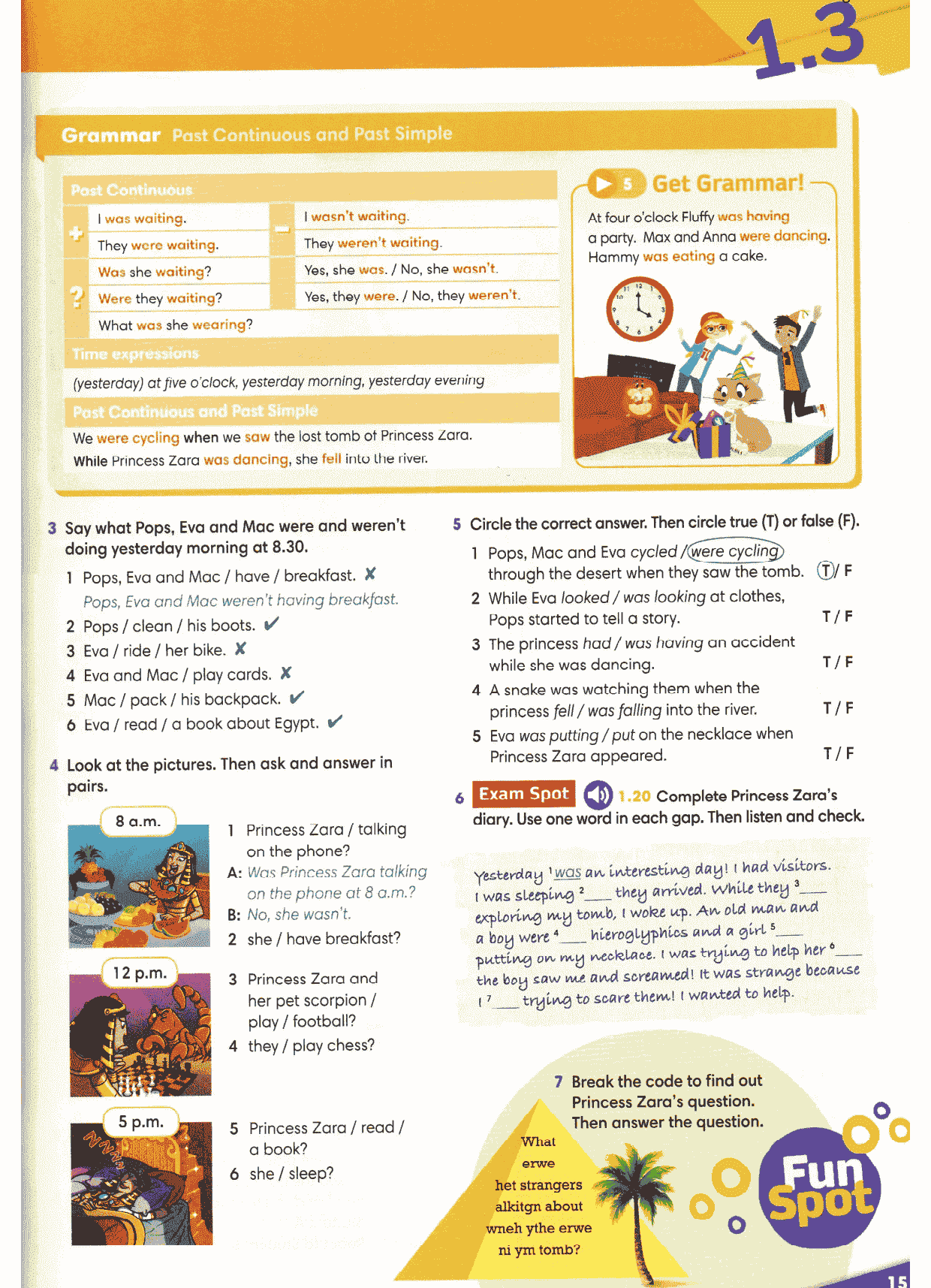
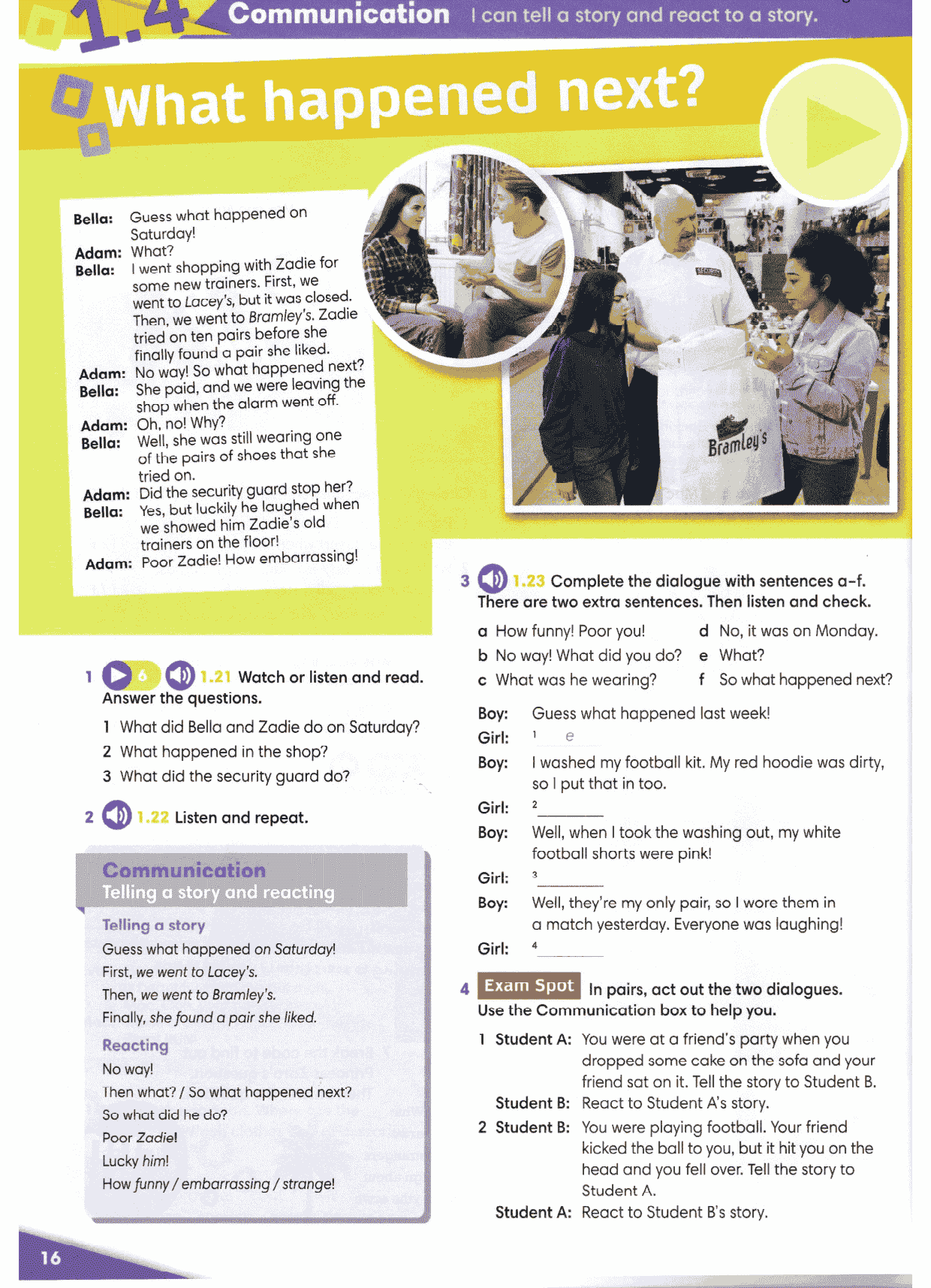
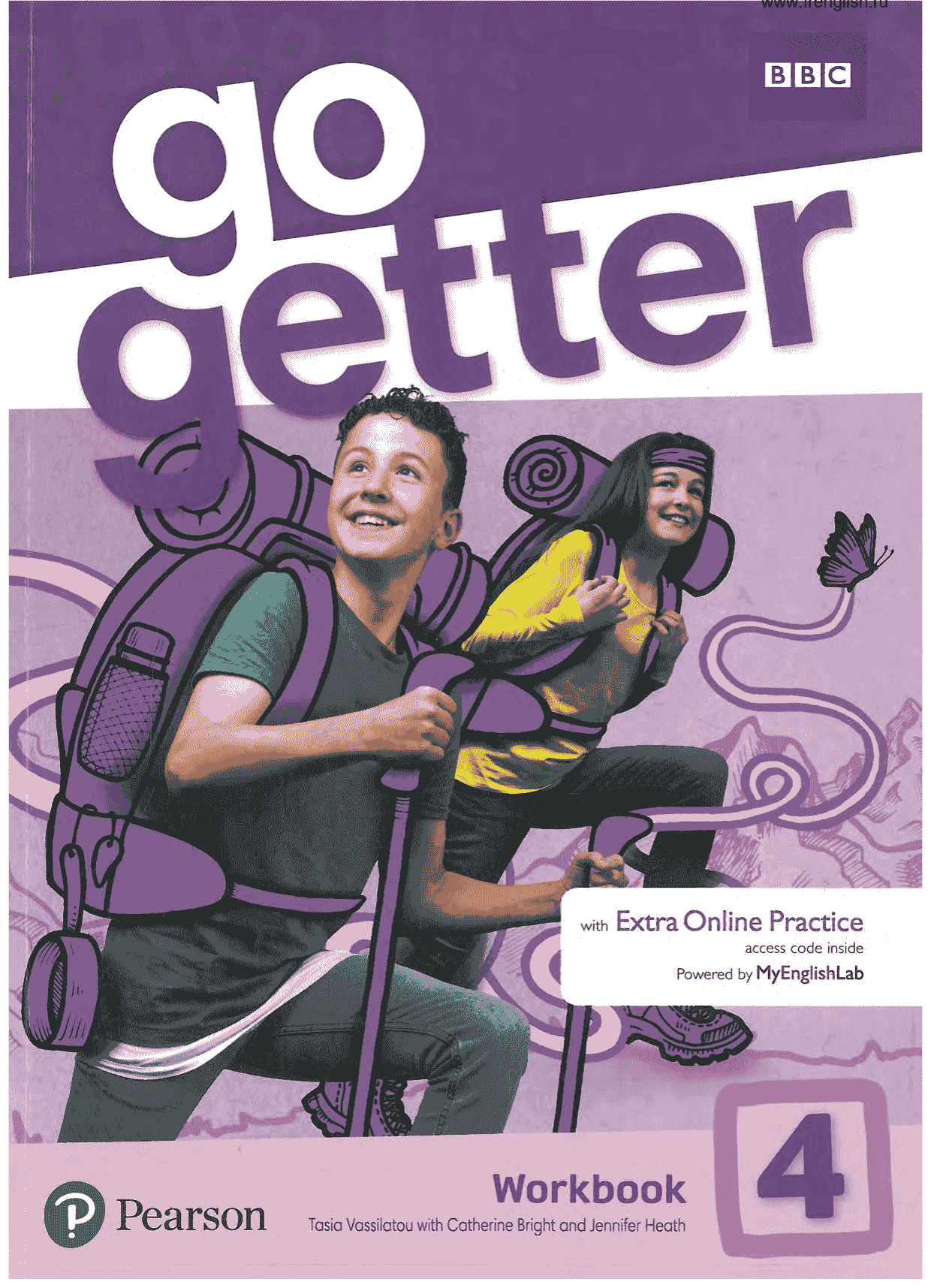
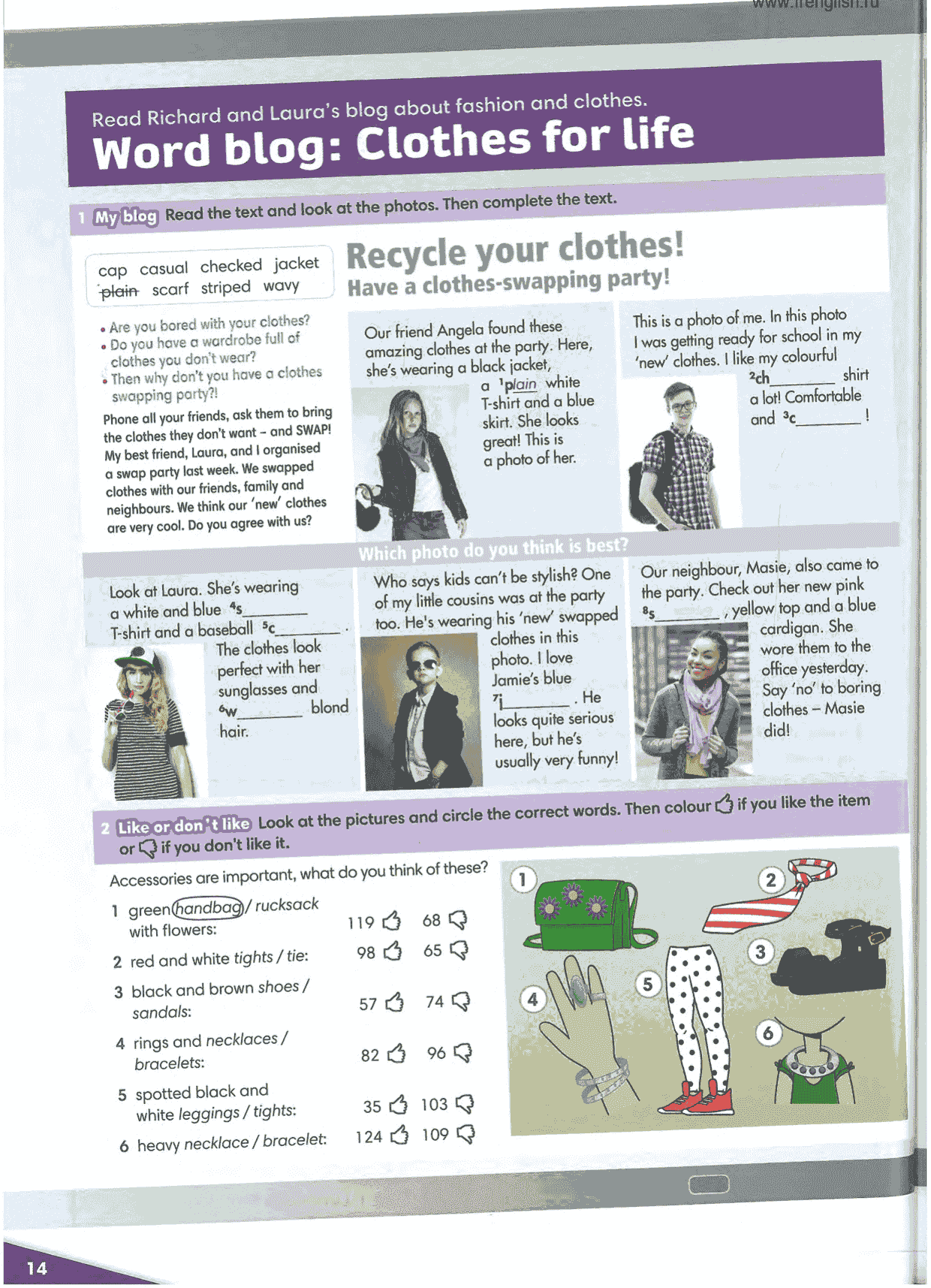



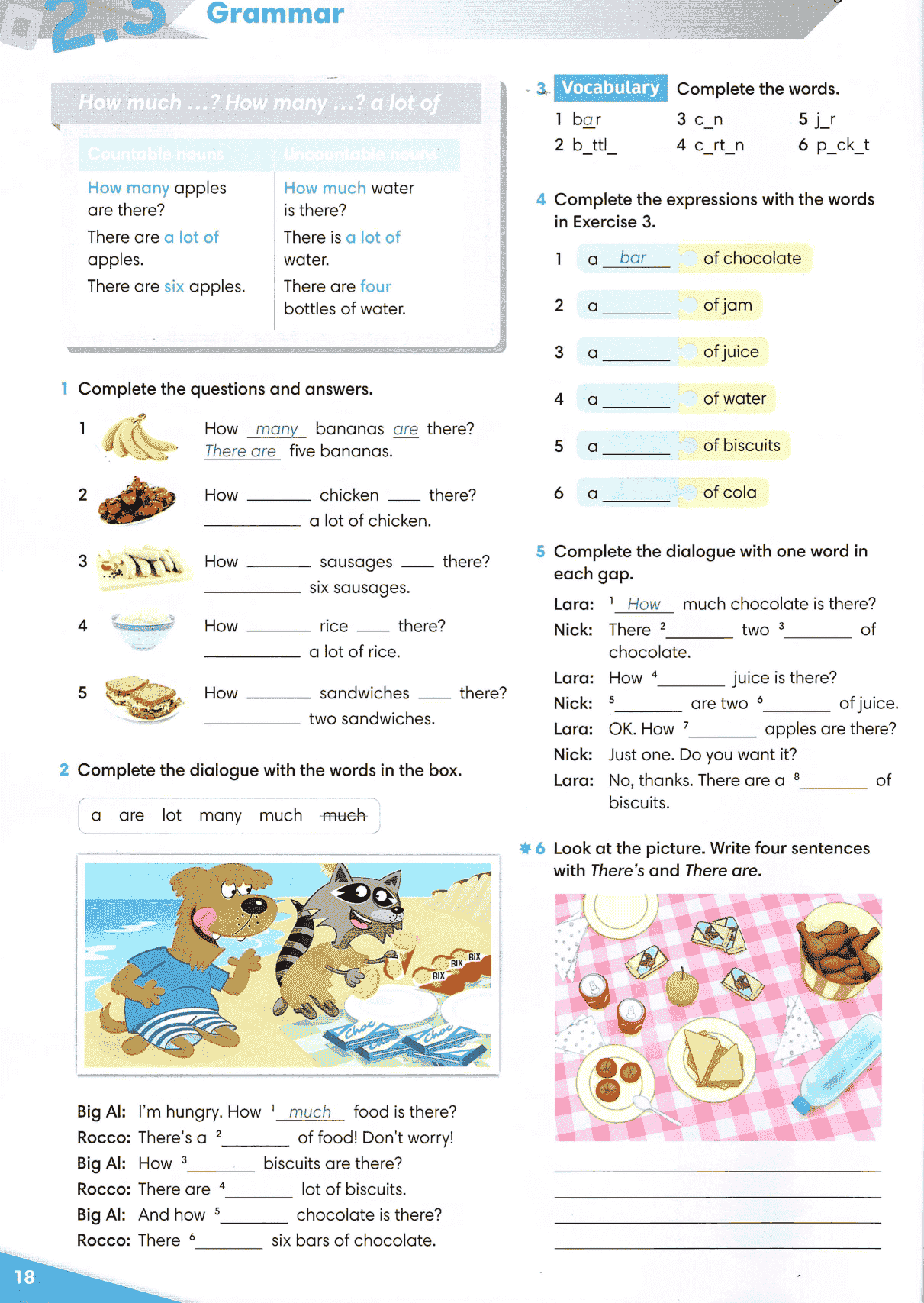
评论(0)